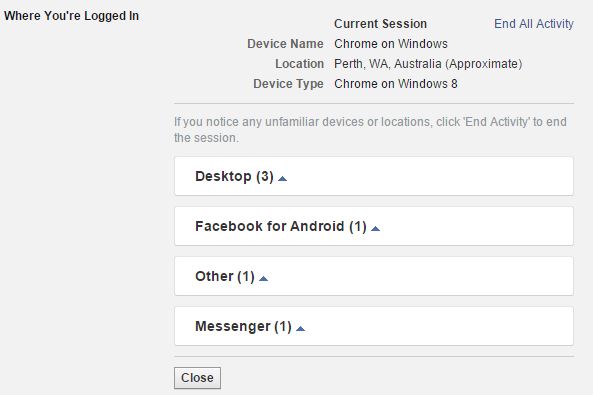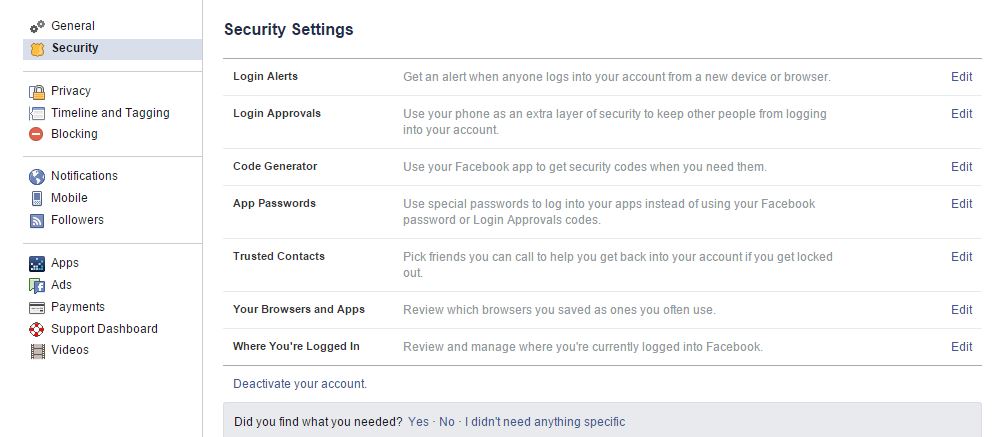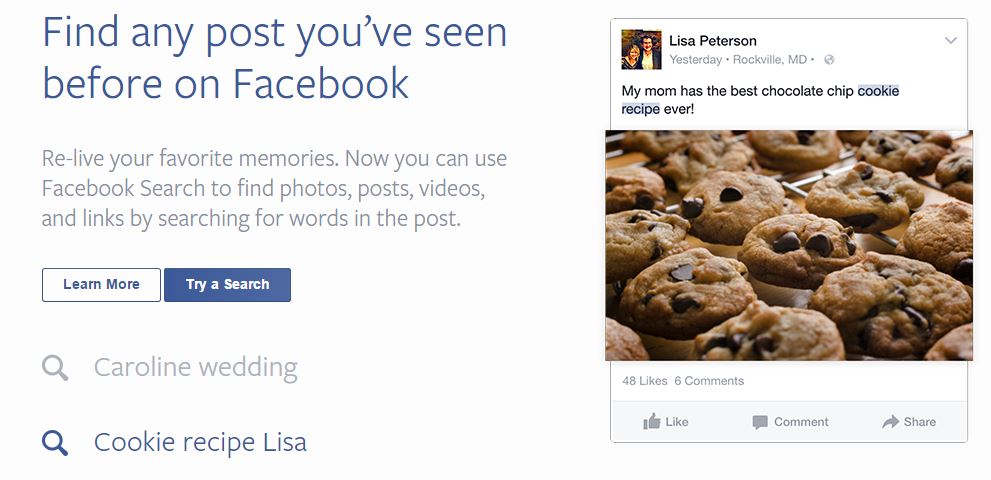So you have decided to “do” social media for your business. Great! Why? What are you hoping it will help you achieve? It’s knowing the answer to this question that will determine whether your efforts will bear fruit, and the reason so many businesses fail, or simply give up on their social media (or indeed any online or offline) marketing.
The Chameleons hear all the time about how “Facebook doesn’t work” and “Facebook advertising is a waste of money” and “Social Media can’t help my business sell our products” These statements are mostly wrong, but it all depends on what you want out of it as to how you need to go about executing your strategy.
[bctt tweet=”It can be as simple as merely knowing what you want to achieve and taking the steps to do it.”]
It’s pretty simple when you think about it, but because we all use social media profiles we are often blinded to the realities of using it from a business perspective. Let’s take something that’s been around for a bit longer as an example of what we mean, like Television for instance.
If you were a brand that sold kids toys – would you make a TV ad with lots of dark, gloomy colours? Would you use formal language? Would you show those ads late at night? Of course not! Why? Because it’s not going to [marketing cliché alert] speak to the desired demographic.
It’s the same with social media. You need to understand who your target market is, how they interact online, which platforms they use and try to [another cliché alert] speak their language.
Ok, we get it – but how?
Well, we don’t think there’s one magical recipe for working this out. In the old days there were focus groups, surveys and buyer personas – and yeah, they’re still around, but what it all boils down to is finding out what your customers and potential customers want and need.
[bctt tweet=”You need to understand who your target market is, how they interact online, which platforms they use and try to speak their language.”]
Big brands spend loads of money doing this, often tracking your spending habits with fancy reward programs to give them insight into your spending behaviour. But what can you do as a small business or a brand just starting out?
Ask your customers. Network with other people in your industry who understand your specific industry challenges. Ask people who use your competitors why they chose them and not you. Use what it is that makes your business different and work this into your strategy. And when we say strategy we don’t mean write a 60 page university-style marketing document.
[youtube https://www.youtube.com/watch?v=97vPNAUYJsc]
It can be as simple as merely knowing what you want to achieve and taking the steps to do it. Your social media success will not just happen. It needs to be built, crafted, nurtured…do we sound a bit crazy? Maybe. But we’re crazy about doing a great job at social media marketing, and that’s what you become when you promote your brand on social media, social media marketers! It’s probably one of the many hats you wear as someone with a small business!
So back to your goals; here are a couple of quick examples of social media goals your business may have and how you might go about achieving them:
Say you are a new brand, at first you may just want some likes on your Facebook page to give you a little credibility. As social media marketers we can tell you likes don’t matter – but we know that there’s a certain gravity to a page that has fans – the same way you don’t trust eating at an empty restaurant. If this is a short-term goal for your brand you will need to harness the power of your networks.
- Ask you friends and family to help by liking and sharing your page.
- Set up your email signature and your website with social buttons so people know that you’re a social brand.
- Always use the social media icons utilised by your brand on all your printed materials like flyers and menus.
But mostly, and you’re probably not going to like this – you’re going to have to run some like ads. Remember, just like with the TV ad example – make sure they will resonate with your desired audience. Use imagery and language they relate to at the times they are watching and you’ll receive the best return.
Say your social media goal is to use it to get more people to your website – you could:
- Run some web click ads!
- Post relevant content from your website as links on your social platforms
- Start a blog to share your original content
- Have your developer embed some tracking pixels on your website to help you measure your social traffic
- Set up Google analytics and monitor your social media refferals
Before you do this we suggest you make sure that your site is truly reflective of your brand and has strong messaging. We all know we skim read and make very quick decisions as to whether we stay on a website for more than a few seconds. You need to make sure those seconds count or all the advertising in the world won’t help.
There’s too many different goals you may have as a business to go through them all here – but we did want to touch on one more just quickly.
[bctt tweet=”Social Media is a conversation, and a huge part of conversation is listening!”]
Social Customer Service
Whatever your short terms goals for social media are – always bear in mind the customer service opportunities social media will present you. If you haven’t yet you will at some point have a customer reach out to you on your social media platforms for help with your brands product/s (or service/s) and you need to LISTEN to them.
Social is a conversation.
And a huge part of conversation is listening – and not just to the words but also the tone. If someone reaches out to you about your brand, positive or negative they want to be heard. Obviously positive feedback is much easier to handle, but negative comments are just as important, if not more so.
Someone has taken the time to tell you that something was wrong. Whether it was with the service, the product, the expectation wasn’t met, the delivery, the colour, size, fit – could be anything, but you have the advantage because they came to you so you can fix it. You know why someone is unhappy. That’s infinitely more helpful to your business than your product just not selling, right? Because odds are if one person says it, there are others thinking it too that weren’t “brave” enough to speak out.
Acknowledge!
This is why you must always take the time to acknowledge their concerns and not pass them of as an isolated incident, even if you’re sure they are. Other users can be waiting to see how you respond, judging whether they too should speak out based on how you handle the situation.
Flip it!
Anyone who has run a business knows that an unhappy client can often be won over into your most loyal fan if they are listened to, acknowledged and have their issues resolved to the best of your ability. And with social media you have the opportunity to do this publicly where you can turn around the opinions of more than the one upset customer, but the others following the progress of the interaction.
Seems a bit scary. Obviously we are referring to regular types of grievances, not major meltdowns or crises, which need to be dealt with in a more cautious way we may cover in a future post.
The last type of interaction with your social media following we want to cover is the neutral post. They aren’t happy clients or disgruntled (love that word – so fun to say) customers, they just have a need for further information about your brand. Embrace them, love them, be excited about the potential of doing business with them in the future! If someone wants to know more about your offerings they want you to talk them into using your business, so don’t leave them waiting and try to share as much friendly detail as you can. They’ll appreciate the effort and you’ll at least get some social media brownie points – and at most a nice fat sale.
So to finish here’s our top tips for what it’s all about:
- Work out what you want out of your social media presence and plan for that outcome step by step (it won’t happen overnight)
- Use your target demographics preferences to present your brands images, profile pictures, tone etc that appeal to THEM
- Always answer ALL your comments as quickly and helpfully as you can
- Don’t forget it’s SOCIAL – so listen to what your market is telling you
We hope this helps you to make a plan for your social media marketing and set you up for success! As always we’d love your feedback either as comments here or on our social platforms 🙂









